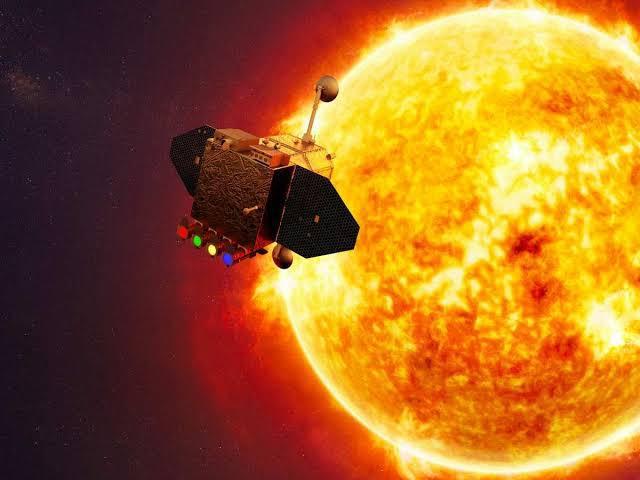It was launched on September 2, 2023, and will be inserted in a halo orbit around the aditya L1 Lagrange point between the Earth and the Sun, where it will study the solar atmosphere, solar magnetic storms, and their impact on the environment around the Earth.
Designed and developed by the Indian Space Research Organisation (ISRO) and various other Indian research institutes.
Aditya L1 is India’s first solar mission
And it will carry out studies of the Sun from a halo orbit around the Lagrange point 1 (L1) of the Sun-Earth system. The L1 point is a gravitationally stable location between the Earth and the Sun, about 1.5 million kilometers from Earth
It has seven scientific instruments on board, including a coronagraph, a UV imaging telescope, a solar wind particle experiment, a plasma analyser, and two X-ray spectrometers. The mission is expected to last for 5.2 years.
Aditya L1 will carry seven payloads to study different aspects of the Sun,
Here are some of the specific questions that Aditya L1 will address
- What causes the corona to be so hot?
- How do solar flares and coronal mass ejections occur?
- How does the solar wind interact with Earth’s atmosphere?
- How can we better predict space weather events?
He corona, the Sun’s outer atmosphere
- Solar flares and coronal mass ejections, which are powerful eruptions of plasma and magnetic field from the Sun
- The solar wind, a stream of charged particles from the Sun
- The dynamics of space weather, which is the influence of the Sun on Earth’s atmosphere and climate
The mission is expected to last five years, and it will provide valuable insights into the Sun’s activity and its impact on Earth.
The answers to these questions will help us to better understand the Sun and its impact on our planet, and they could also lead to new ways to protect us from space weather hazards.
Aditya-L1 is a very important mission for India and the world, as it will help us understand the Sun better and improve our ability to predict space weather events that can affect our communication systems, satellites, and power grids. It will also contribute to the advancement of solar physics and astronomy. I am very impressed by the achievements of ISRO and the scientists involved in this mission.
The Aditya L1 mission is a major milestone for Indian space exploration, and it is expected to make significant contributions to our understanding of the Sun. I am excited to see the results of this mission…!

